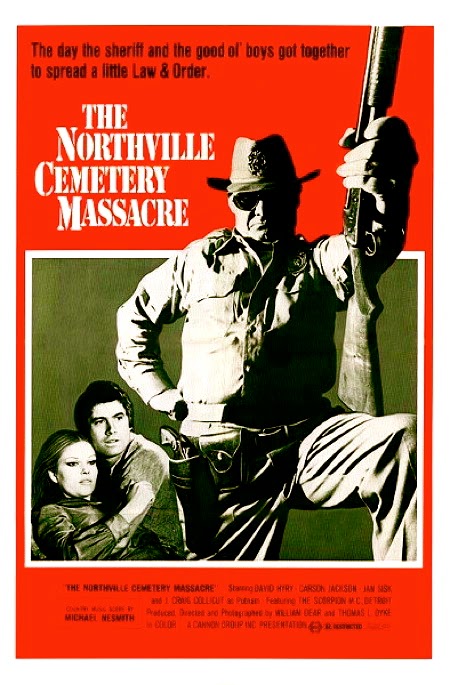Documentary filmmakers have long complained that
the rules employed by the Academy of Motion Picture Arts and Sciences’
nonfiction branch are capricious to the extreme of being incomprehensible.
Take, for instance, the peculiar example of Scared Straight!, which won
the Oscar for Best Documentary Feature in 1978—even though the film isn’t
feature-length, since it runs only 58 minutes, and even though it was made for
television rather than for theatrical release. Scared Straight! is a
noble and powerful project, but why it merited Academy consideration is a
mystery. In any event, the iconic film captures an encounter between teenaged
juvenile delinquents and grown-up prison inmates. The criminals, incarcerated
at New Jersey’s Rahway State Prison, comprise a social-action group called the
Lifers, and at the time the film was made, the Lifers regularly met with at-risk
youths to “scare them straight” with horror stories about life behind bars. (As
narrator Peter Falk informs viewers, the Lifers were collectively serving over
1,000 years in prison.)
Scared Straight!
begins with brief vignettes depicting the teenagers, who arrogantly proclaim
their indifference toward victims and share their plans to become career
criminals. Then, with the resounding slam of a metal door, the kids are stuck
in a visiting room with the Lifers, who barrage them with graphic descriptions—and
graphic language. The film’s constant torrent of four-letter words is mostly
significant because Scared Straight! was broadcast on television
uncensored; considering that the Lifers’ various remarks about anal rape are
still quite startling, one can only imagine how harsh the material sounded to
viewers in 1978. Scared Straight!
collapses a three-hour visit into less than one hour of screen time, so the
intensity level of the interaction between the Lifers and the teenagers is
slightly jacked up from reality. That said, the terrified looks on the faces of
the kids seem absolutely genuine.
In one particularly harrowing scene, a
criminal pulls a young man from his chair in order to simulate the process of
adopting a new inmate as a “kid.” (In modern parlance, the role would be called
“bitch.”) Then, just instants after agreeing to provide sexual favors in
exchange for protection, the new “kid” is “sold” to another inmate. “When you
look at us,” one of the Lifers says to the teenagers, “you should see
yourselves.” As evidenced by the creation of several foll0w-up specials and by
the duplication of the Lifers’ program in other prisons, the encounter largely achieved
the desired results, so Scared Straight!
belongs to that special class of nonfiction films with measureable positive
effects in the outside world. And while the movie was never designed to be
entertainment, per se, it’s an arresting experience—no pun intended.
Scared
Straight!: GROOVY














